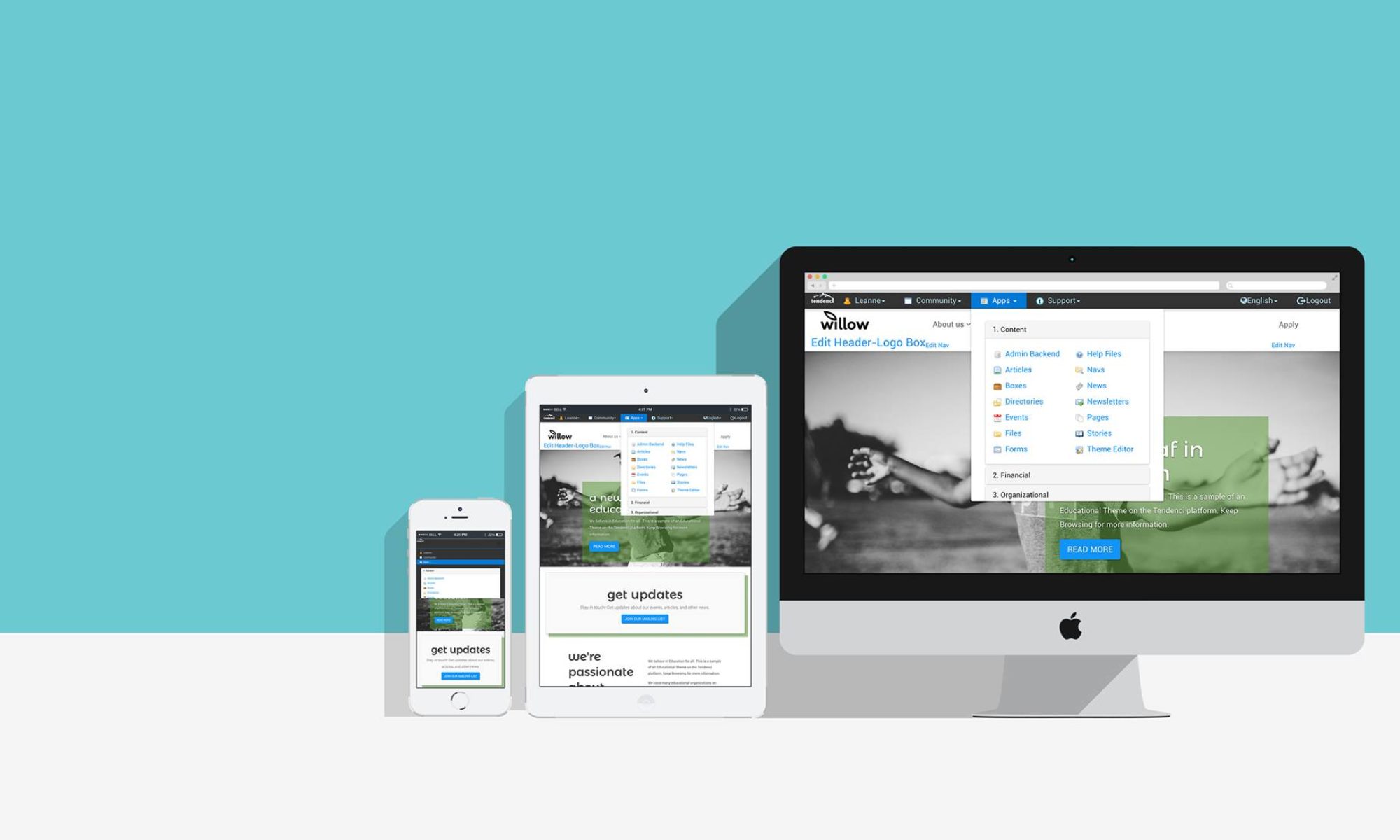What is a “data lake”?
Data lake – it’s a big, partially structured and differently structured set of data from your association that you can use to answer interesting questions. Think of it like throwing everything in your pantry into one magical cauldron and it comes back with answers. Of course be careful what you ask, as SECURITY IS ALWAYS JOB 1! But it’s cool.
This is how AWS visualizes it:

Source: https://aws.amazon.com/big-data/datalakes-and-analytics/what-is-a-data-lake/
Having been personally involved in politics, analytics, electrical engineering, programming, robotics, public relations and media strategy not to mention the whole entrepreneurship thing, I must to start with a warning; do NOT go overboard.
Luckily Tendenci as your AMS makes this a whole lot easier with all of the ways to import and export data (or your whole database.) And pretty much every report has a structured export as well, from custom forms, donations, event registrations, memberships, you name it. You have FULL ACCESS to YOUR DATA in both flat files and in the actual database schema. For example:

I like this quote from wipro:
If the data in a lake is not well curated, then it may turn into a data swamp, flooding an organization with information.
https://www.wipro.com/en-US/analytics/five-best-practices-to-keep-your-data-lake-healthy/
You can see more screen shots of the built in reporting within Tendenci. Yet let’s be realistic, you are integrating data from many sources and a Data Lake including but not limited to your data on Tendenci might be just the thing. Contact us for more, because we LOVE DATA!
And we’ve got over 20+ years of experience to back it up.
Why not make 2020 the banner year to grow your membership and donations? Because that’s what we THRIVE ON! YOUR SUCCESS!











